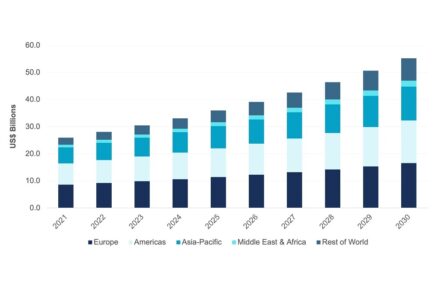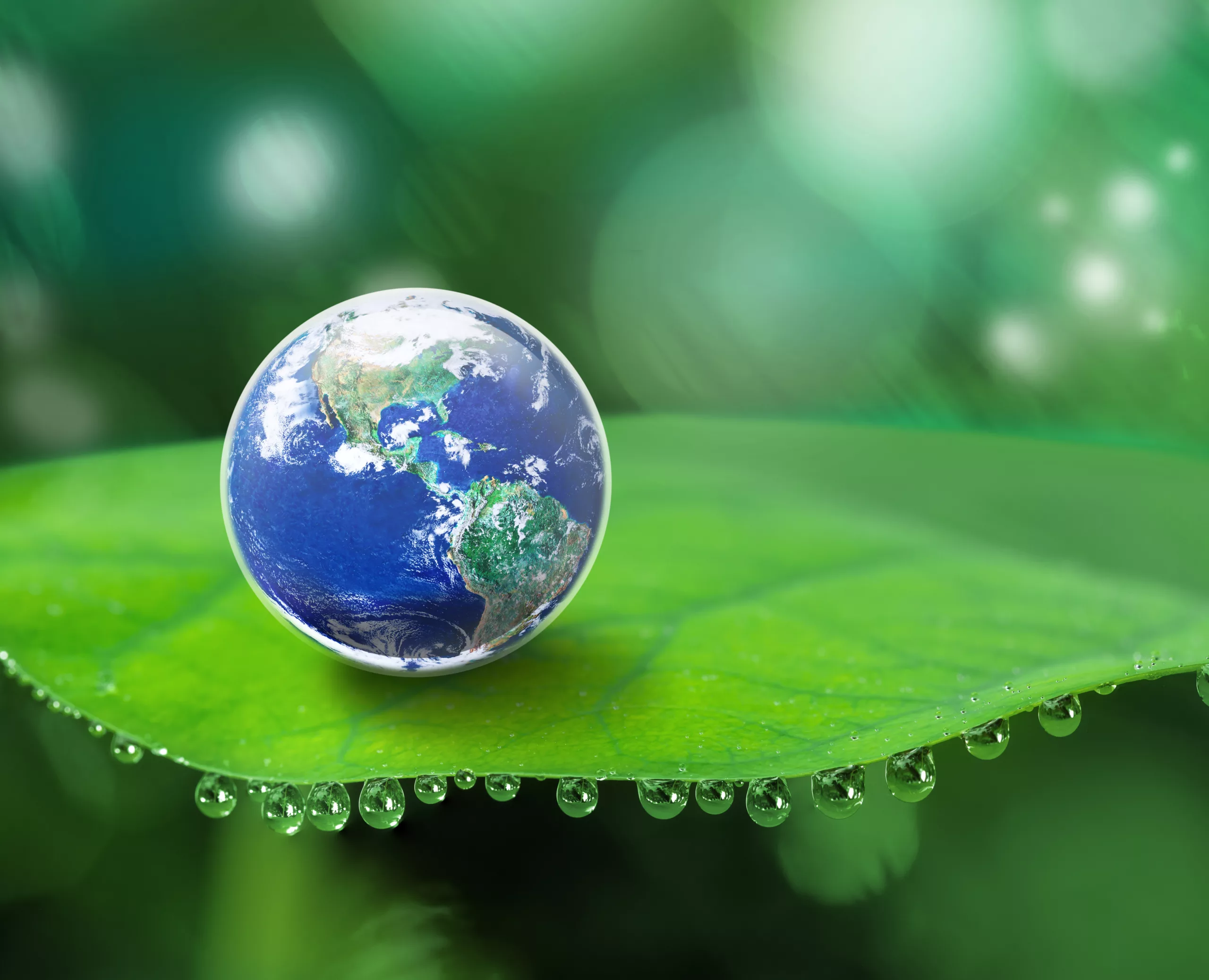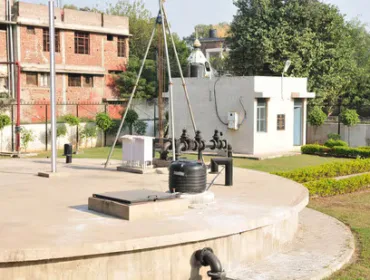Dr. Sabarna Roy, Head [Research & Development], Kejriwal Castings Limited
The impacts of climate change on water resources are profound and multifaceted, affecting ecosystems, human health, agriculture, and economies worldwide. Here’s a detailed overview of these impacts:
- Altered Precipitation Patterns:
Climate change leads to changes in precipitation patterns, making rainfall more erratic and unpredictable. This can result in prolonged periods of drought in some areas and excessive rainfall in others. Droughts diminish water supplies needed for drinking, agriculture, and industry, while excessive rainfall can lead to flooding, which compromises water quality and disrupts normal water treatment processes.
- Reduced Snowpack and Glacial Melt:
In regions dependent on meltwater from snowpacks and glaciers, global warming leads to earlier snowmelt and reduced snow cover. This diminishes the seasonal water reservoirs crucial for meeting water demands during dry periods, affecting water availability for millions of people, especially during summer and autumn.
- Increased Evaporation Rates:
Rising temperatures increase evaporation rates from soil and water bodies, leading to faster depletion of lakes, reservoirs, and rivers. This also intensifies soil dryness, exacerbating drought conditions and impacting agricultural productivity and water availability for domestic and industrial use.
- Intensified Water Cycle:
Climate change intensifies the global water cycle, resulting in more extreme water-related weather events, such as intense storms, floods, and droughts. This exacerbation of the water cycle disrupts the balance of freshwater systems and can lead to severe social, economic, and environmental consequences.
- Sea Level Rise and Saltwater Intrusion:
The melting of polar ice caps and glaciers contributes to sea level rise, which can lead to saltwater intrusion into freshwater aquifers, particularly in coastal and low-lying areas. This reduces the availability of freshwater for drinking and agriculture and can lead to the degradation of freshwater ecosystems.
- Deterioration of Water Quality:
Climate change can lead to an increase in water pollution. Higher temperatures can promote the growth of harmful algae blooms in lakes and rivers, which can contaminate water supplies and harm aquatic ecosystems. Additionally, intense rainfall can lead to runoff that transports pollutants, sediments, and pathogens into water bodies, further degrading water quality.
- Impacts on Ecosystems and Biodiversity:
Freshwater ecosystems, such as rivers, lakes, and wetlands, are particularly vulnerable to climate change. Altered water temperatures, flow patterns, and chemistry can disrupt the habitats of many aquatic and terrestrial species, leading to shifts in biodiversity and ecosystem services. For instance, fish populations may decline or migrate in response to changing conditions, affecting local fishing industries and food supplies.
- Socio-economic Impacts:
The impacts of climate change on water resources have significant socio-economic consequences, affecting agriculture, hydropower generation, transportation, and recreation. Water scarcity can lead to conflicts over water use, displace populations, and exacerbate issues of inequality and poverty.
The impacts of climate change on water resources present significant challenges that require global and local action. Adaptation and mitigation strategies, such as improving water use efficiency, investing in green infrastructure, and enhancing water governance, are critical to managing these impacts and ensuring water security for future generations.
Climate change is one of the most pressing global challenges, with significant impacts on natural and human systems. Among its many effects, the impact on freshwater resources is particularly critical, affecting ecosystems, human health, food security, and socio-economic development. In this next section, we explore the consequences of climate change on freshwater resources, focusing on changing weather patterns, sea-level rise, increased droughts and floods, through detailed case studies with relevant statistics.
- Changing Weather Patterns
Changing weather patterns due to climate change significantly impact freshwater systems. The intensification of the hydrological cycle leads to altered precipitation patterns, resulting in more extreme weather events. For example, some regions experience increased rainfall leading to higher river flows and groundwater recharge, while others face reduced rainfall, leading to diminished surface and groundwater supplies.
Case Study: The Murray-Darling Basin, Australia
The Murray-Darling Basin, Australia’s largest river system, has experienced significant climate variability. Over the past decades, the area has seen a 15% decline in surface water availability, attributed to decreased rainfall and higher temperatures. The prolonged Millennium Drought (2001-2009) further exacerbated water scarcity, impacting agricultural productivity, biodiversity, and community livelihoods.
- Sea-level Rise
Sea-level rise, driven by the melting of polar ice caps and the expansion of seawater as it warms, poses a direct threat to freshwater resources, particularly in coastal areas. Saltwater intrusion into freshwater aquifers compromises water quality, affecting drinking water supplies and agricultural irrigation.
Case Study: Bangladesh
Bangladesh, characterised by its low-lying deltaic geography, is highly vulnerable to sea-level rise. It’s estimated that a 1-meter rise in sea level could inundate 20% of the country’s land area, affecting freshwater sources through saltwater intrusion. This phenomenon has already impacted the coastal regions, where freshwater availability has significantly decreased, adversely affecting agriculture and livelihoods.
- Increased Droughts and Floods
Climate change exacerbates the frequency and severity of droughts and floods, with profound impacts on freshwater resources. Droughts reduce water availability, affecting water supply for drinking, agriculture, and industry. Conversely, floods can contaminate freshwater supplies with pollutants and pathogens, leading to waterborne diseases.
Case Study: California, USA
California has experienced significant water-related challenges due to climate change, including severe droughts and catastrophic floods. The 2012-2016 droughts, one of the worst in the state’s history, led to significant water shortages, agricultural losses, and forest die-offs. In contrast, the heavy precipitation in 2017 caused extensive flooding, infrastructure damage, and emergency evacuations.
- Mitigation and Adaptation Strategies
Addressing the impacts of climate change on freshwater resources requires integrated mitigation and adaptation strategies. Mitigation efforts focus on reducing greenhouse gas emissions to limit global warming. Adaptation strategies aim to enhance the resilience of water systems, including improving water storage and distribution infrastructure, promoting water-efficient practices, and implementing integrated water resources management (IWRM).
Conclusion: The impacts of climate change on freshwater resources are complex and far-reaching, affecting ecosystems, human health, and economic development. As climate patterns continue to evolve, understanding these impacts and implementing effective mitigation and adaptation strategies will be crucial for ensuring water security and sustainability for future generations. Through concerted global and local efforts, we can address the challenges posed by climate change and safeguard our precious freshwater resources.














